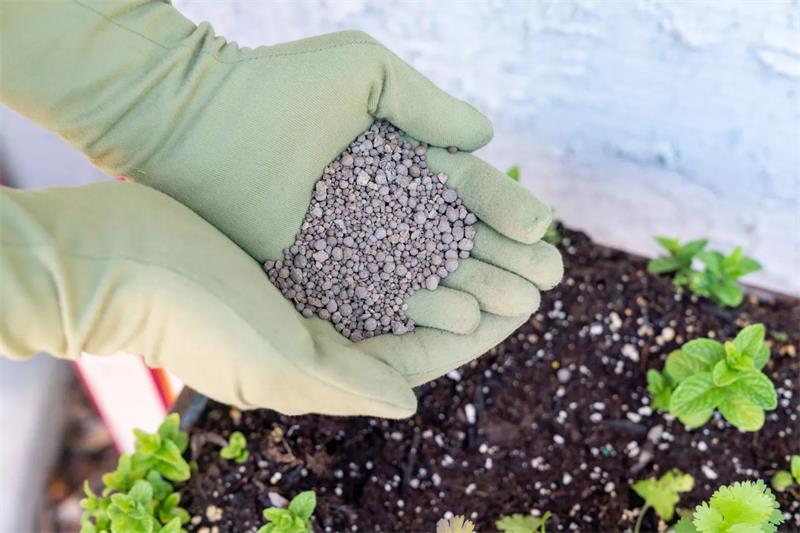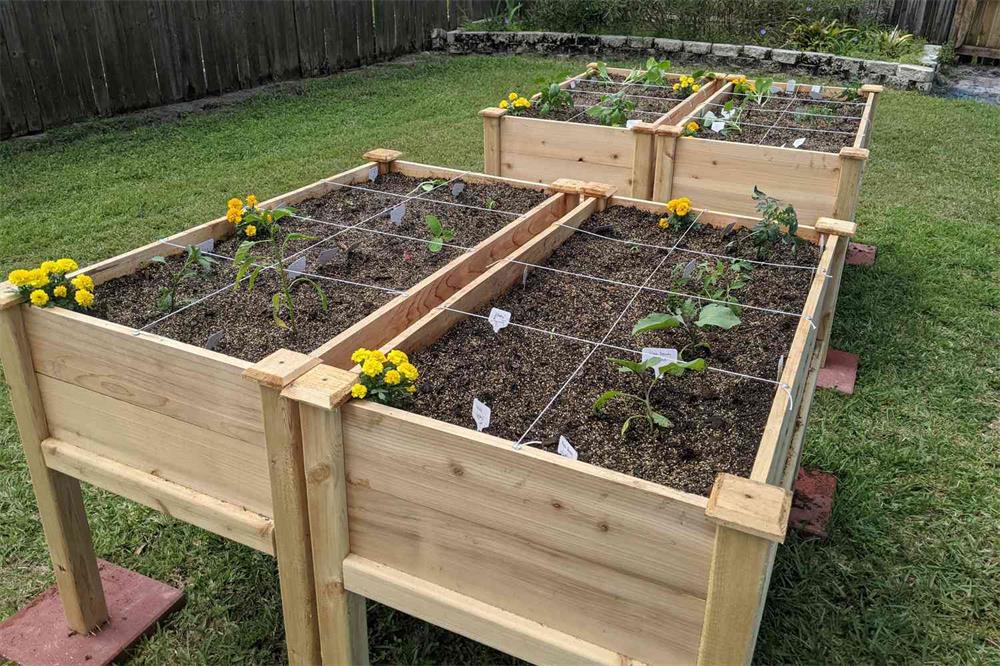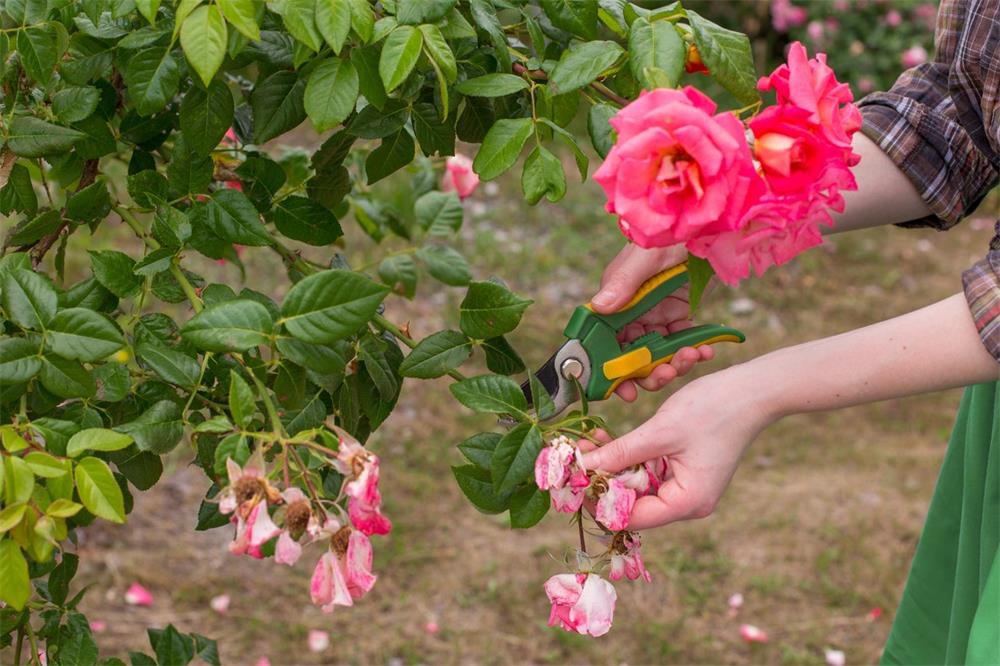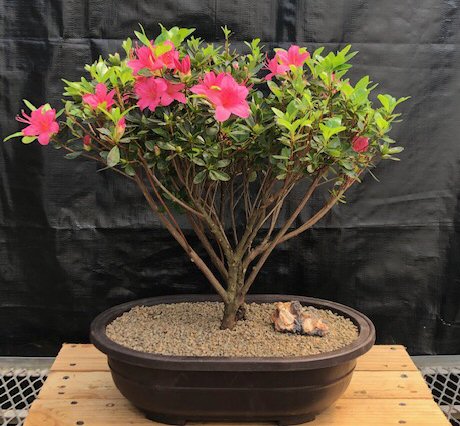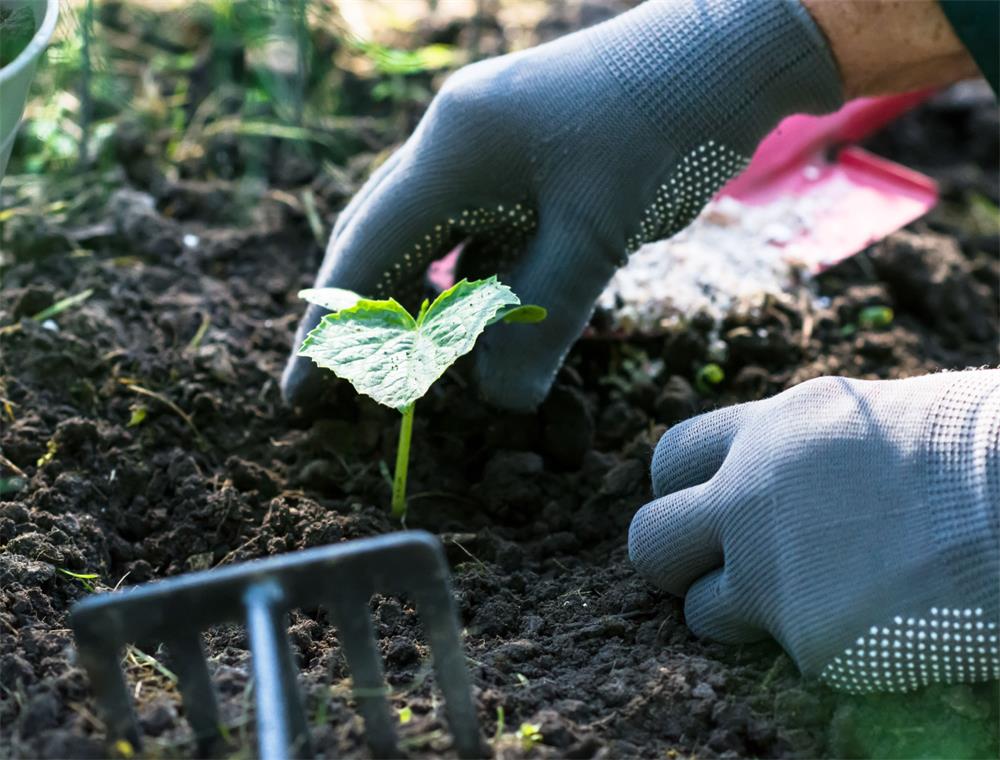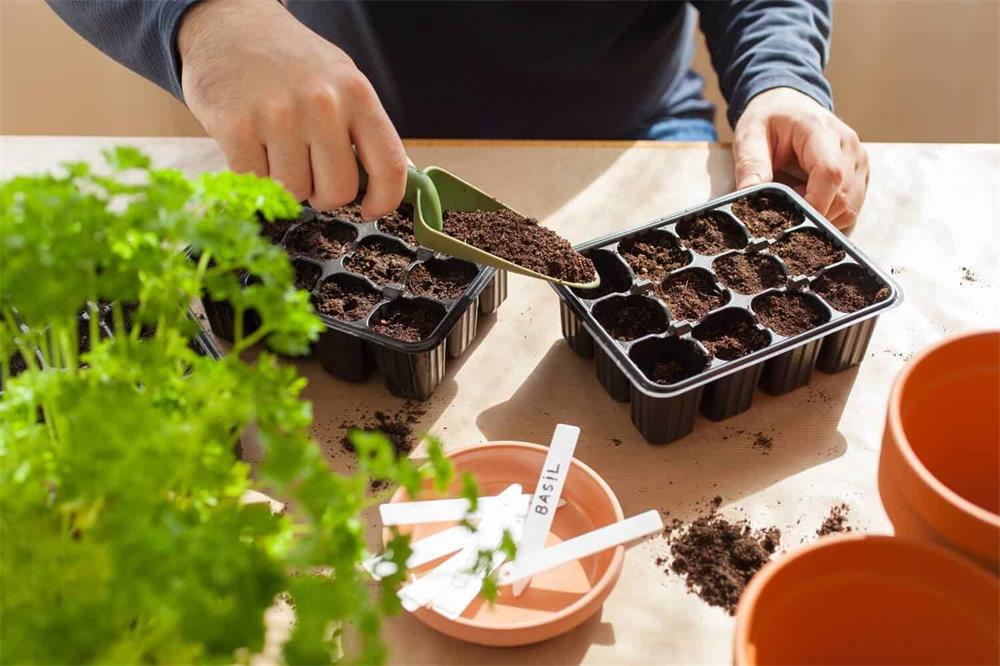
Table of Contents
Pothos is one of the most popular houseplants for its attractive foliage, easy care, and fast growth. However, sometimes pothos can become leggy, sparse, or overgrown, losing its lush and full appearance. If you want to make your pothos fuller and healthier, you can prune and propagate it regularly.
Pruning and propagating are two simple techniques that can help you shape your pothos plant, remove any damaged or unwanted growth, and create new plants from the cuttings. In this article, we will show you how to prune and propagate your pothos plant step by step, as well as some tips and tricks to make it thrive.
Why Prune Pothos?
Pruning is the process of cutting back or removing parts of a plant for various purposes. Pruning your pothos plant can benefit it in several ways, such as:
- Improving its appearance: Pruning can help you shape your pothos plant according to your preference, whether you want it to be more compact, bushy, or trailing. You can also remove any dead, yellow, or brown leaves that may detract from its beauty.
- Stimulating new growth: Pruning can encourage your pothos plant to produce more branches and leaves, making it fuller and denser. By cutting off the old or weak growth, you can also redirect the plant’s energy to the healthy and vigorous parts.
- Preventing diseases and pests: Pruning can help you prevent or treat any diseases or pests that may affect your pothos plant. By removing any infected or infested parts, you can stop the spread of the problem and improve the plant’s health. Pruning can also improve the air circulation and light penetration around the plant, which can prevent fungal or bacterial infections.
How to Prune Pothos?
Pruning pothos is very easy and does not require any special tools or skills. All you need is a pair of sharp and clean scissors or pruning shears and a container for the cuttings. Here are the steps to follow:
- Choose the right time: The best time to prune pothos is in spring or summer when the plant is actively growing. Avoid pruning in fall or winter when the plant is dormant or slow-growing.
- Decide how much to prune: Depending on your goal, you can prune as much or as little as you want. If you want to maintain the size and shape of your pothos plant, you can prune lightly by removing only a few inches of the stems. If you want to make your pothos plant more compact or bushy, you can prune more aggressively by removing up to half of the stems.
- Make clean cuts: Using your scissors or pruning shears, cut the stems at a 45-degree angle just above a leaf node (the point where a leaf attaches to the stem). This will help the plant heal faster and prevent water loss. Make sure to cut only healthy stems with at least one or two leaves on them. Avoid cutting any stems that are damaged, diseased, or pest-infested.
- Dispose of or propagate the cuttings: After pruning, you can either dispose of the cuttings or use them to propagate new plants. If you choose to propagate them, keep reading for more instructions.

How to Propagate Pothos?
Propagating is the process of creating new plants from parts of an existing plant. Propagating your pothos plant is a great way to multiply your collection, share with friends, or fill out your existing plant. There are three main methods of propagating pothos: water, soil, and sphagnum moss.
Water Propagation
Water propagation is the easiest and most common method of propagating pothos. It involves placing the cuttings in water until they develop roots and then transplanting them into soil. Here are the steps to follow:
- Prepare the cuttings: After pruning your pothos plant, take each cutting and remove any leaves from the bottom part that will be submerged in water. Make sure each cutting has at least one node (a small bump on the stem where roots will grow) under water.
- Place the cuttings in water: Fill a glass jar or vase with clean water and place the cuttings in it. Make sure the leaves are above the water level and the nodes are under water. You can use a rubber band or a string to secure the cuttings to the rim of the jar or vase if needed.
- Change the water regularly: Change the water every few days or whenever it becomes cloudy or dirty. This will prevent algae growth and bacterial infection that can harm the cuttings. You can also add a few drops of liquid fertilizer to the water every two weeks to provide some nutrients to the cuttings.
- Wait for roots to grow: In a few weeks, you should see small white roots emerging from the nodes of the cuttings. You can let them grow longer in water or transplant them into soil when they are about an inch long. The longer you leave them in water, the harder it will be for them to adapt to soil later.
- Transplant into soil: When you are ready to transplant your cuttings into soil, prepare a pot with well-draining potting mix and make a hole for each cutting. Gently remove the cuttings from the water and insert them into the holes. Firm the soil around them and water well. Place the pot in a bright location out of direct sun and keep the soil moist until the cuttings are established.
Soil Propagation
Soil propagation is another method of propagating pothos that involves planting the cuttings directly into soil without rooting them in water first. This method is faster and more natural than water propagation, but it requires more care and attention. Here are the steps to follow:
- Prepare the cuttings: After pruning your pothos plant, take each cutting and remove any leaves from the bottom part that will be buried in soil. Make sure each cutting has at least one node above soil level.
- Dip in rooting hormone (optional): To increase your chances of success, you can dip the cut end of each cutting in rooting hormone, which is a powder or gel that stimulates root growth. You can find rooting hormone at any garden center or online. Follow the instructions on the label and shake off any excess before planting.
- Plant in soil: Prepare a pot with well-draining potting mix and make a hole for each cutting. Gently insert the cuttings into the holes and firm the soil around them. Water well and place the pot in a bright location out of direct sun.
- Cover with plastic (optional): To create a humid environment for your cuttings, you can cover the pot with a clear plastic bag or wrap. Make sure there is some air circulation and that the plastic does not touch the leaves. Remove the plastic every few days to check on your cuttings and water if needed.
- Wait for roots to grow: In a few weeks, you should see new growth on your cuttings, which means they have rooted successfully. You can gently tug on them to feel if they are firmly rooted in the soil. Once they are established, you can remove the plastic cover and care for your new plants as usual.
Sphagnum Moss Propagation
Sphagnum moss propagation is a third method of propagating pothos that involves wrapping the cuttings in moist sphagnum moss and placing them in a sealed container until they root. This method is similar to soil propagation, but it provides more moisture and aeration to the cuttings. Here are the steps to follow:
- Prepare the cuttings: After pruning your pothos plant, take each cutting and remove any leaves from the bottom part that will be wrapped in moss. Make sure each cutting has at least one node exposed.
- Dip in rooting hormone (optional): To increase your chances of success, you can dip the cut end of each cutting in rooting hormone, which is a powder or gel that stimulates root growth. You can find rooting hormone at any garden center or online. Follow the instructions on the label and shake off any excess before wrapping.
- Wrap in sphagnum moss: Soak some sphagnum moss in water and squeeze out the excess. Wrap a small amount of moss around the bottom part of each cutting, covering the node and leaving the leaves free. Secure the moss with a rubber band or a string.
- Place in a container: Prepare a glass jar or plastic container with a lid and place the cuttings inside. Make sure there is some space between the cuttings and that they are not touching the sides or the lid of the container. Close the lid tightly and place the container in a bright location out of direct sun.
- Check on your cuttings: Every few days, open the lid and check on your cuttings. Mist them with water if they look dry or remove any excess water if they look soggy. You should also look for any signs of mold or rot and remove any affected cuttings.
- Wait for roots to grow: In a few weeks, you should see small white roots emerging from the nodes of the cuttings. You can let them grow longer in moss or transplant them into soil when they are about an inch long. The longer you leave them in moss, the harder it will be for them to adapt to soil later.
- Transplant into soil: When you are ready to transplant your cuttings into soil, prepare a pot with well-draining potting mix and make a hole for each cutting. Gently remove the moss from the cuttings and insert them into the holes. Firm the soil around them and water well. Place the pot in a bright location out of direct sun and keep the soil moist until the cuttings are established.
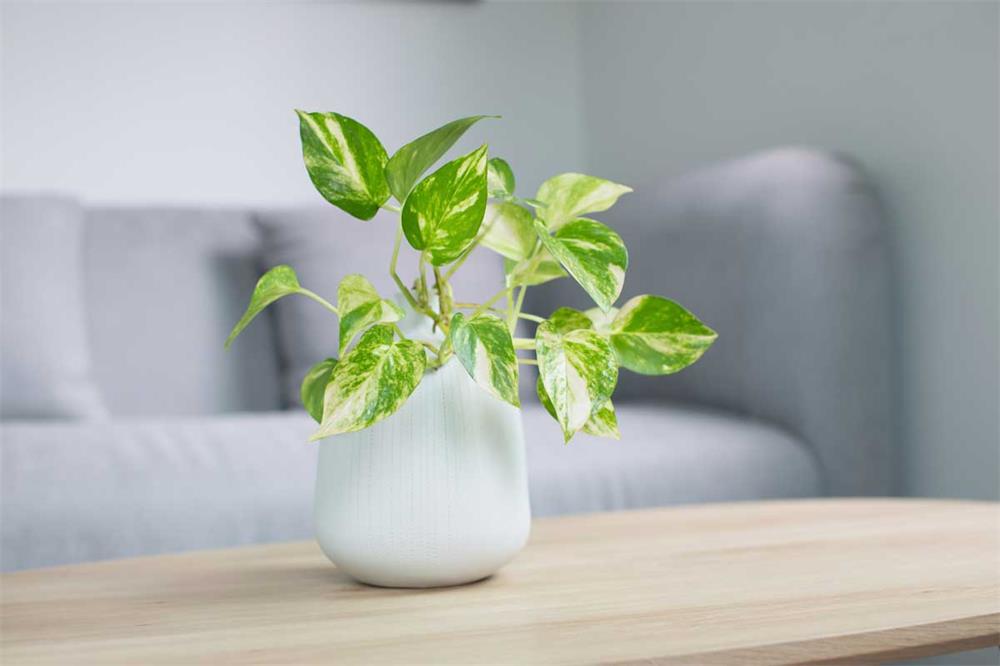
How to Make Pothos Fuller?
Now that you know how to prune and propagate your pothos plant, you can use these techniques to make your pothos fuller and more lush. Here are some tips on how to do that:
- Prune regularly: Pruning your pothos plant every few months can help you maintain its shape and size, as well as stimulate new growth from the nodes along the stems. You can prune lightly or heavily depending on your preference, but always leave some leaves on each stem.
- Propagate often: Propagating your pothos plant can help you create new plants from your cuttings, which you can either plant in separate pots or add back to your original pot for a fuller look. You can use any of the propagation methods we discussed above, but water propagation is the easiest and most common one.
- Plant multiple cuttings: Whether you propagate your pothos plant in water, soil, or sphagnum moss, you can plant multiple cuttings in one pot to create a fuller and denser plant. You can either plant them in a circle around the edge of the pot or in a cluster in the center of the pot. Make sure there is enough space between the cuttings for them to grow and spread.
- Pinch or trim the tips: Once your pothos plant is established and growing well, you can pinch or trim the tips of the stems to encourage branching. This will make your pothos plant more bushy and compact, rather than long and trailing. You can do this every few weeks or whenever you notice new growth on the tips.
Summary
Pothos is a beautiful and easy-to-grow houseplant that can become fuller and healthier with regular pruning and propagating. Pruning can help you shape your pothos plant, remove any damaged or unwanted growth, and stimulate new growth. Propagating can help you create new plants from your cuttings, which you can either plant in separate pots or add back to your original pot for a fuller look.
You can prune and propagate your pothos plant in spring or summer when it is actively growing. You can use a pair of sharp and clean scissors or pruning shears to cut the stems at a 45-degree angle just above a leaf node. You can propagate your pothos plant in water, soil, or sphagnum moss by placing the cuttings in the medium of your choice until they root and then transplanting them into soil.
You can make your pothos plant fuller by pruning it regularly, propagating it often, planting multiple cuttings in one pot, and pinching or trimming the tips of the stems. With these simple techniques, you can enjoy a lush and full pothos plant in your home.




